You’re tired of bland diets and watching the scale creep up while your confidence plummets, yet finding delicious foods low in calories feels like searching for a needle in a haystack. Let me show you how to enjoy mouthwatering meals without the guilt, as these 31 low calorie foods will revolutionize your relationship with healthy eating.
Contents
-
Low Calorie Foods
- 1. Spinach
- 2. Broccoli
- 3. Cauliflower
- 4. Asparagus
- 5. Bell Peppers
- 6. Mushrooms
- 7. Onions
- 8. Garlic
- 9. Celery
- 10. Cucumbers
- 11. Tomatoes
- 12. Lettuce
- 13. Zucchini
- 14. Eggplant
- 15. Carrots
- 16. Radishes
- 17. Green Beans
- 18. Artichokes
- 19. Watermelon
- 20. Papaya
- 21. Blueberries
- 22. Raspberries
- 23. Strawberries
- 24. Grapefruit
- 25. Apples
- 26. Oranges
- 27. Pears
- 28. Lemons and Limes
- 29. Plain Non-Fat Yogurt
- 30. Shrimp
- 31. Canned Tuna
- Benefits of Eating Foods Low in Calories
- Tips for Choosing Low Calorie Ingredients and Incorporating Them Into Your Cooking:
- Conclusion
Low Calorie Foods
Many people struggle to find low calorie food that actually tastes good, often ending up with bland, uninspiring meals that make healthy eating feel like a chore. This quick guide to foods low in calories showcases delicious options that prove healthy eating can be both satisfying and flavorful, helping you stick to your health goals without sacrificing taste.
Eating healthy doesn’t mean sacrificing flavor. In fact, some of the most delicious foods are naturally low in calories, making them perfect for meal prepping and maintaining a balanced diet. Here are 31 of my favorites, packed with nutrients and ready to liven up your meal.
1. Spinach
Spinach is a nutritional powerhouse, low in calories due to its high water content and low carbohydrate density. Add it to smoothies, salads, soups, or stir-fries for a mild, slightly earthy flavor that becomes almost sweet when cooked. Spinach wilts down beautifully, making it excellent for pre-portioning in meal prep containers.
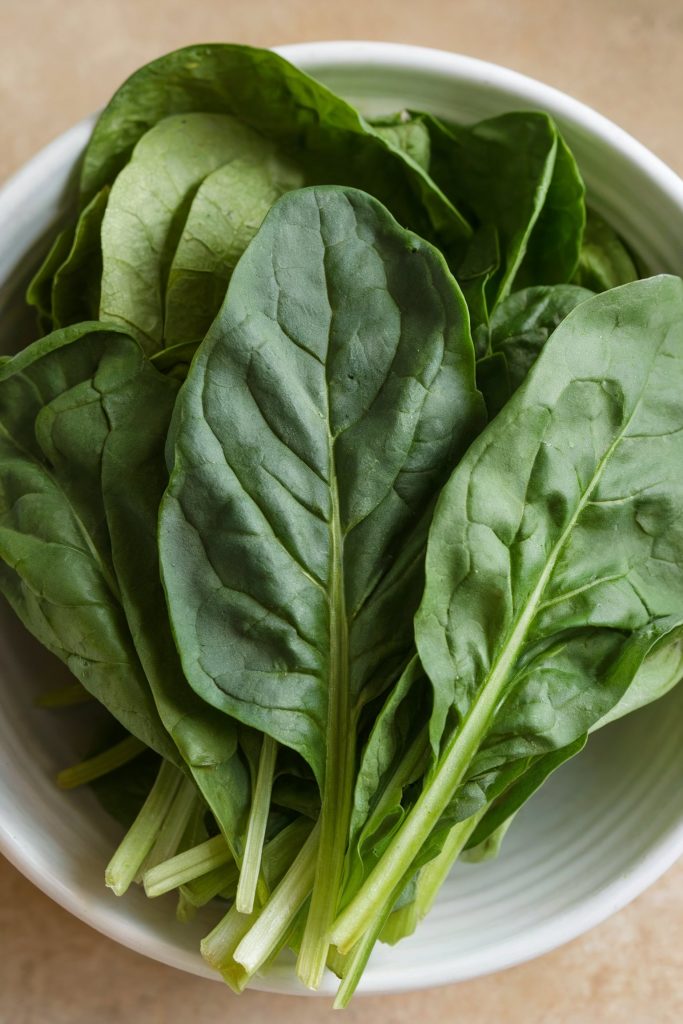
2. Broccoli
This cruciferous veggie is low in calories thanks to its fiber and water content. Roast it, steam it, or add it to pasta dishes. Broccoli has a slightly bitter, earthy flavor that becomes sweeter when roasted.
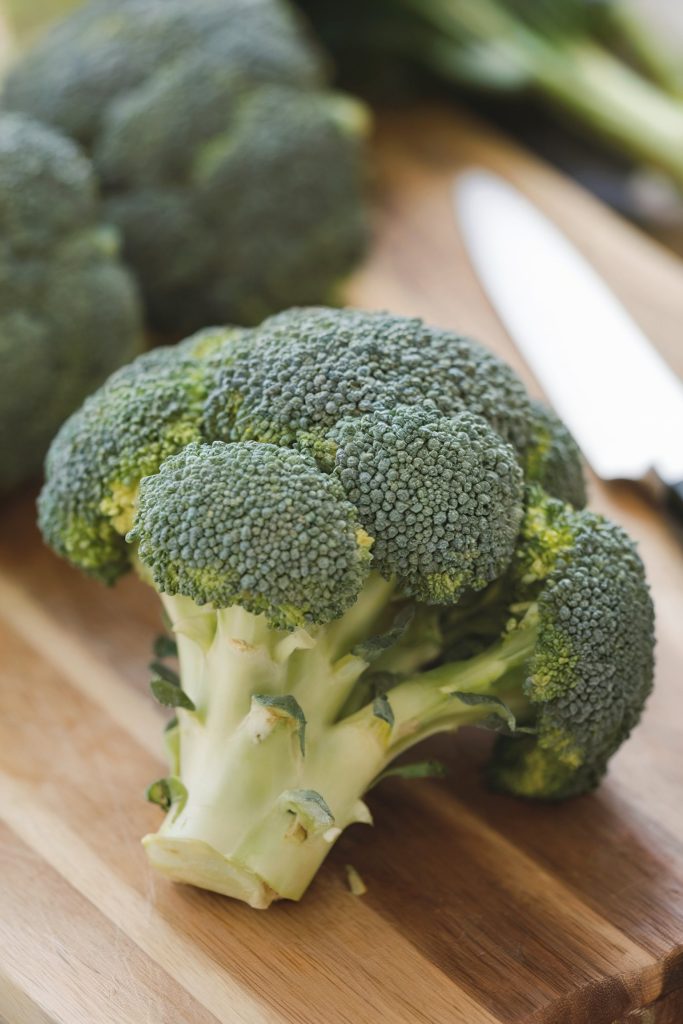
3. Cauliflower
Similar to broccoli, cauliflower has low calorie content yet is high in fiber, perfect for those watching their carb intake. Use it to make “rice,” mash it, or roast it with spices. Cauliflower has a very mild, almost neutral flavor, making it incredibly versatile.
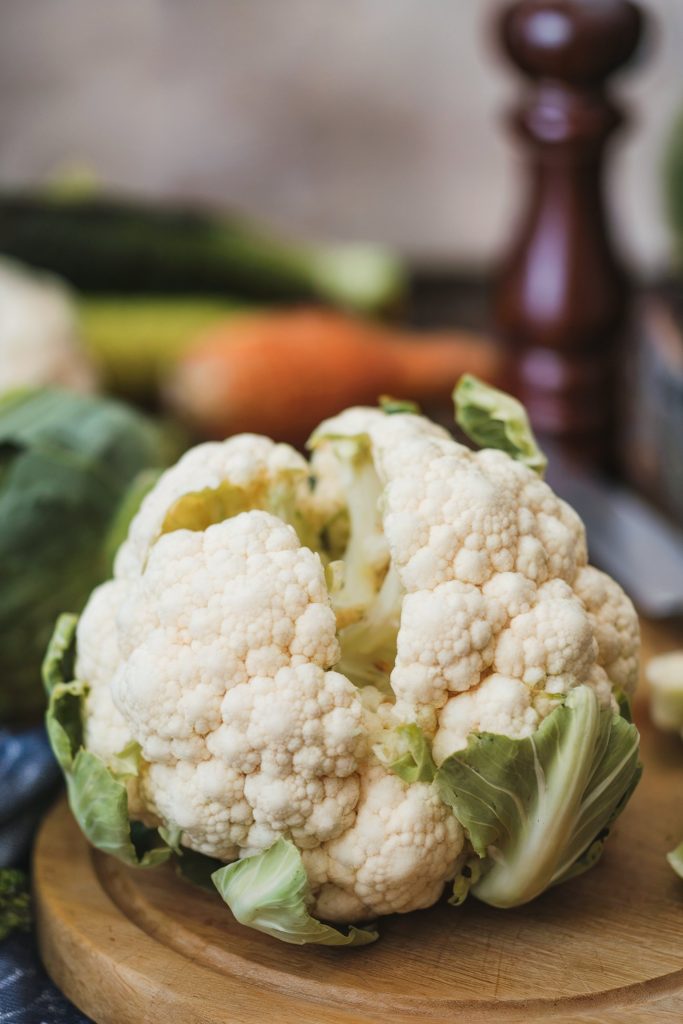
4. Asparagus
Asparagus is low in calories due to its low carbohydrate and fat content. It’s a good source of folate, important for cell growth. Grill it, roast it, or add it to frittatas for a slightly grassy, earthy flavor.
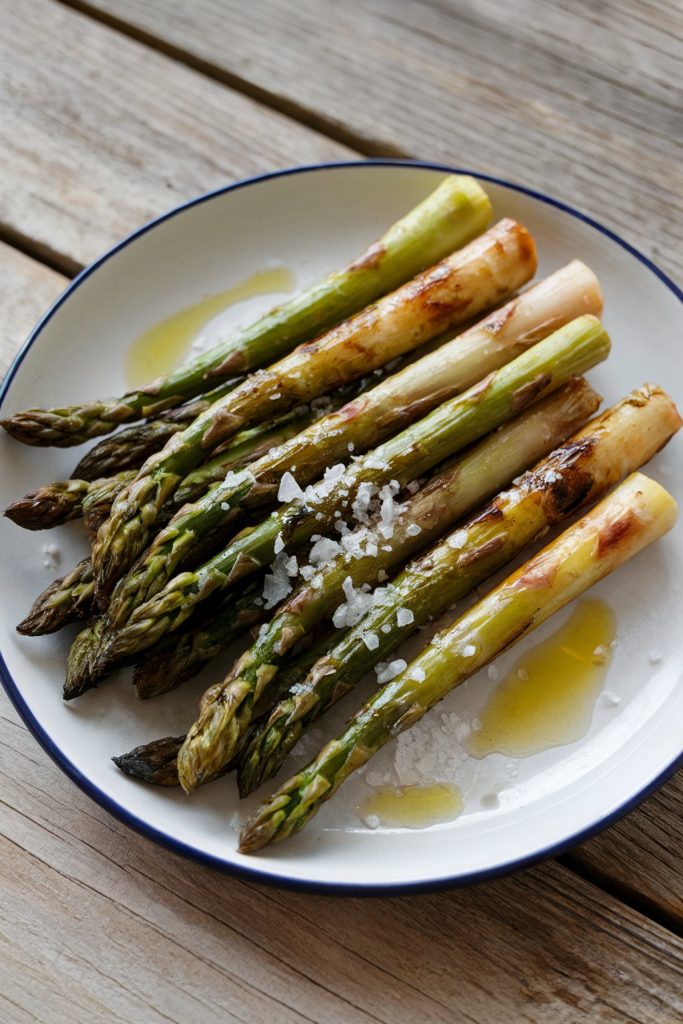
5. Bell Peppers
These vibrant veggies are low in calories and packed with antioxidants and vitamin C, boosting your immune system. Aside from giving a sweet, slightly tangy flavor, they’re great for adding color and flavor to meals. Pre-chopped bell peppers are perfect for adding to salads or stir-fries.
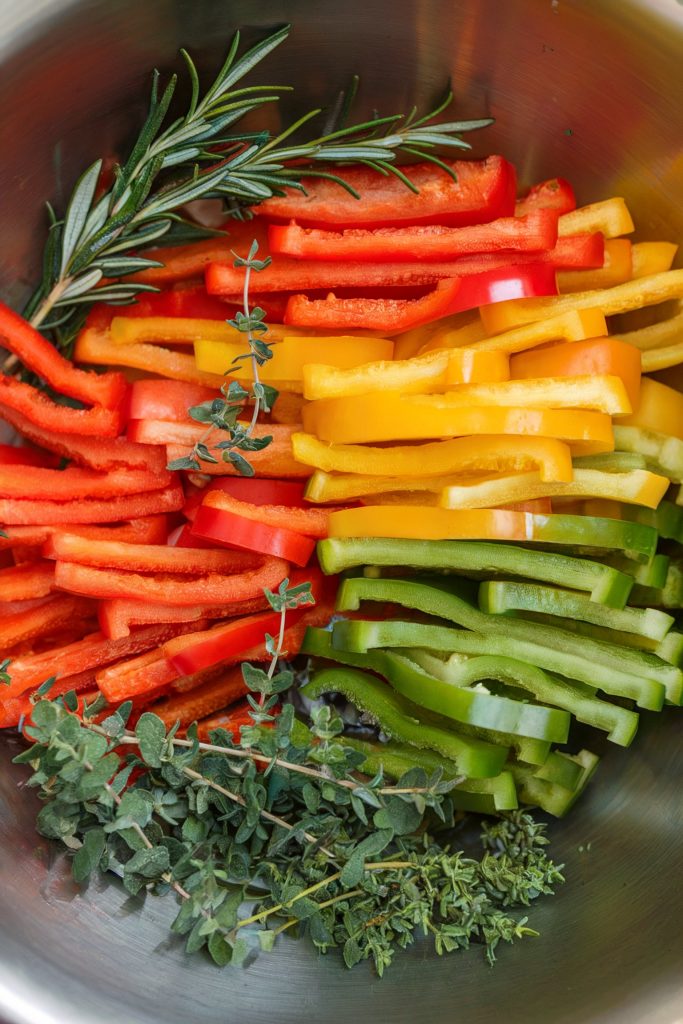
6. Mushrooms
Mushrooms are low in calories and contain various B vitamins, supporting energy production. They also contain compounds that may boost brain health. Sauté them, grill them, or add them to soups and stews to bring out earthy and nutty flavors.
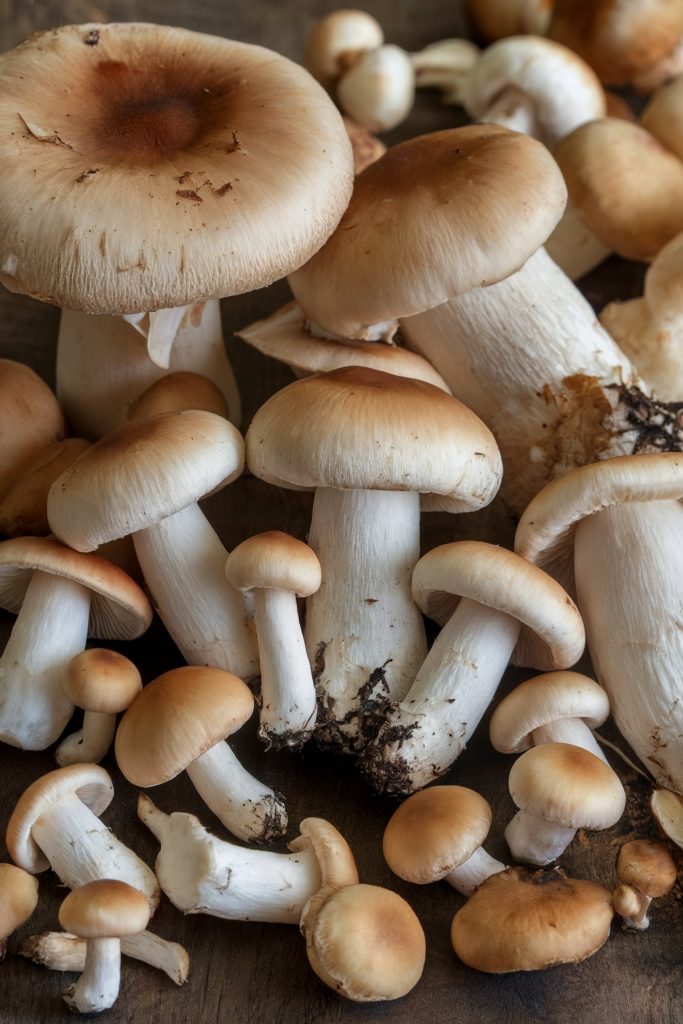
7. Onions
Low calorie onions contain compounds that may have anti-inflammatory properties. They add flavor to almost any dish, making them a versatile ingredient for sauces, soups, stir-fries, or sandwiches. Onions have a pungent flavor when raw, becoming sweeter when cooked.
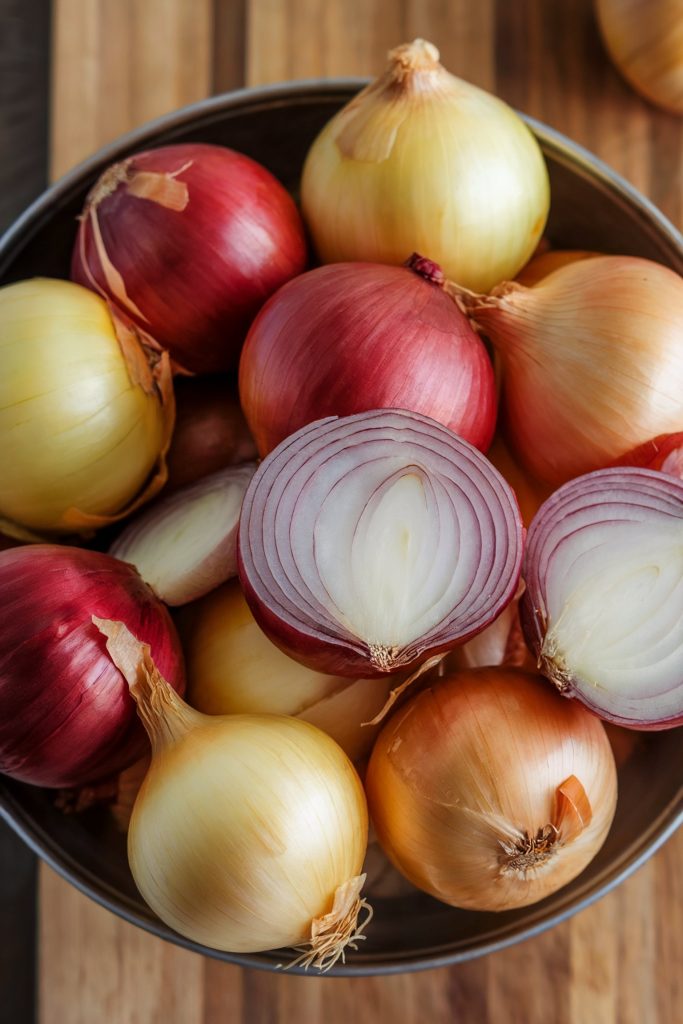
8. Garlic
Garlic is low in calories and contains compounds that may support heart health. Garlic has a strong, pungent flavor, perfect for sauces, marinades, and rubs. Minced garlic can be stored in oil for easy use, making it a must-have in many cuisines.
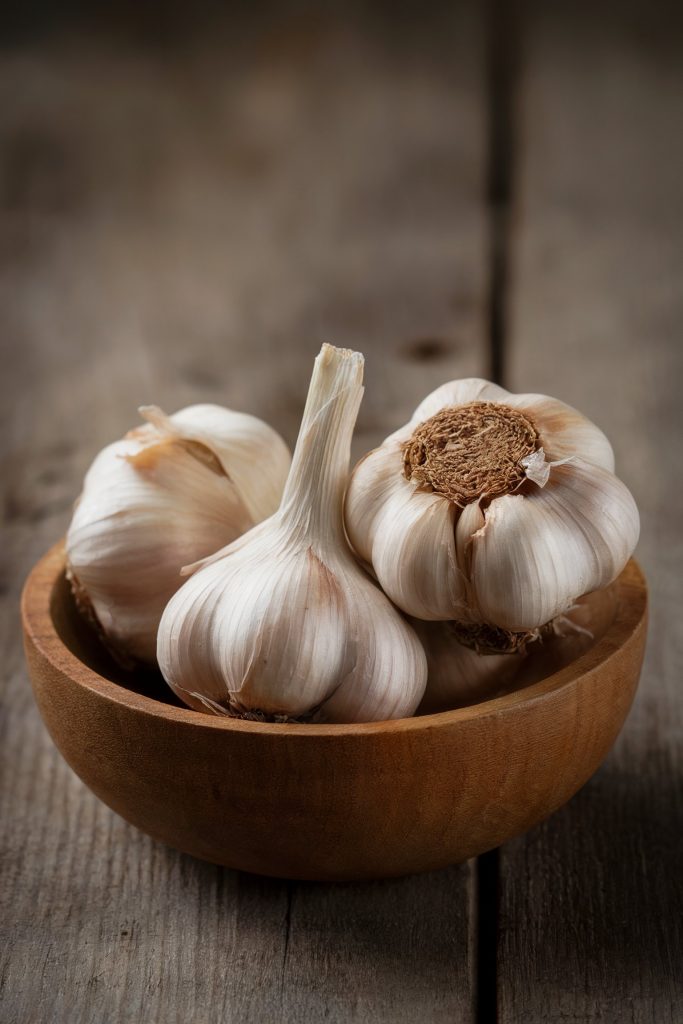
9. Celery
Celery is extremely low in calories, mostly due to its high water and fiber content. It’s a good source of vitamin K, important for blood clotting. To get a mild, slightly salty flavor and crunch texture, you can eat celery raw with dips, add it to soups, or use it in stir-fries.
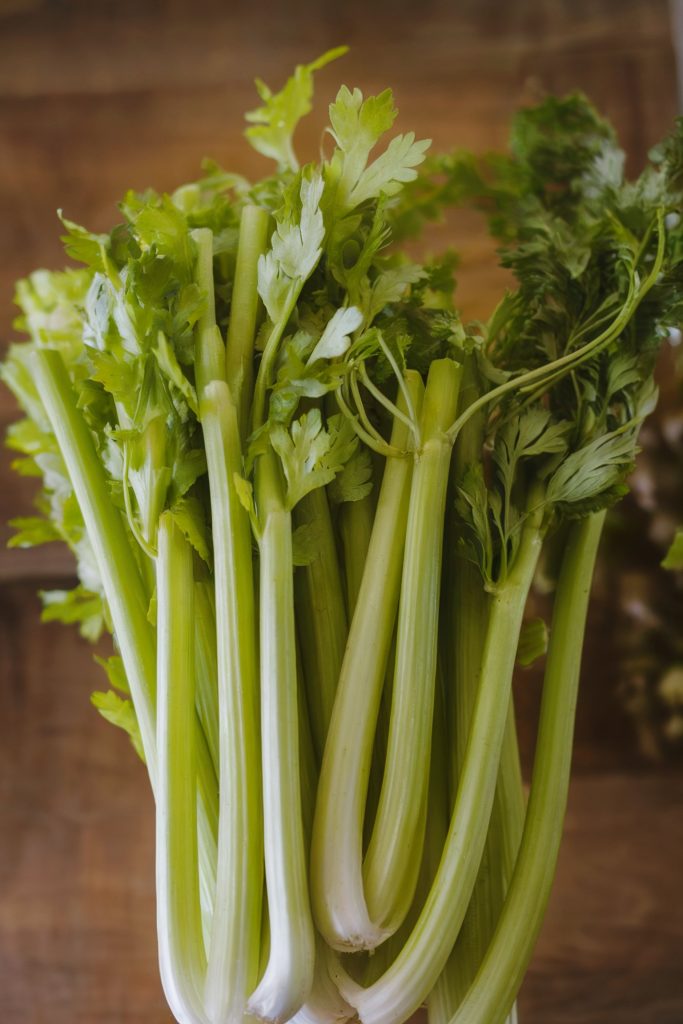
10. Cucumbers
Cucumbers are very low in calories due to their 95% water content. Eat them raw in salads, sandwiches, or as a snack for a mild, refreshing flavor. They’re a great addition to summer meals.
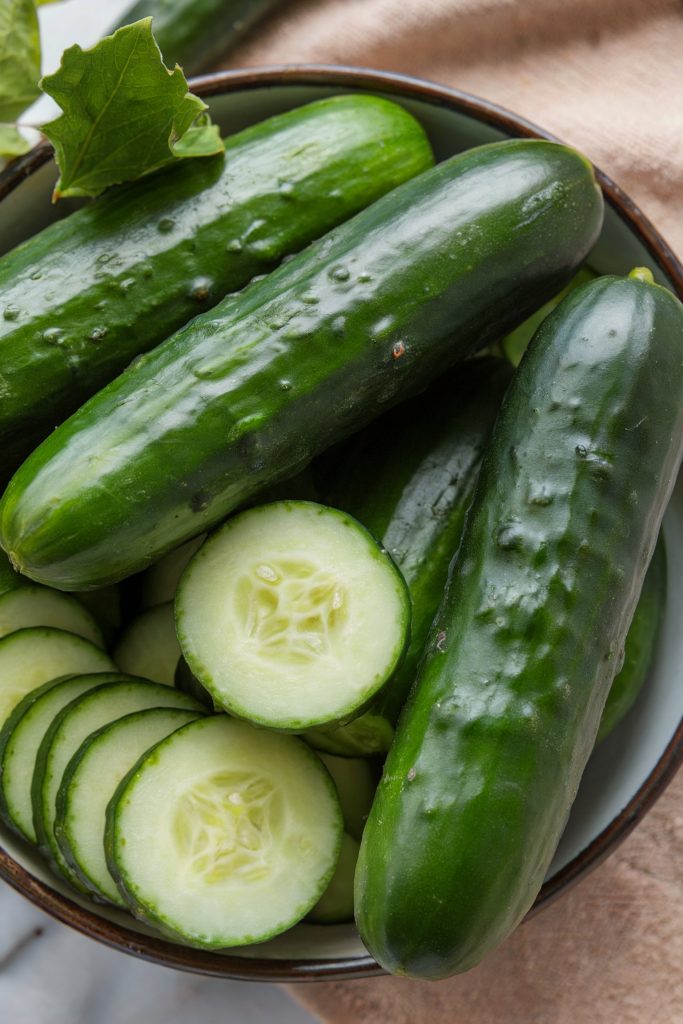
11. Tomatoes
Tomatoes are low in calories and packed with lycopene, an antioxidant that may have various health benefits. As a pantry staple, eat them raw, cooked, or as a sauce. Tomatoes bring a sweet, slightly acidic flavor to many cuisines.
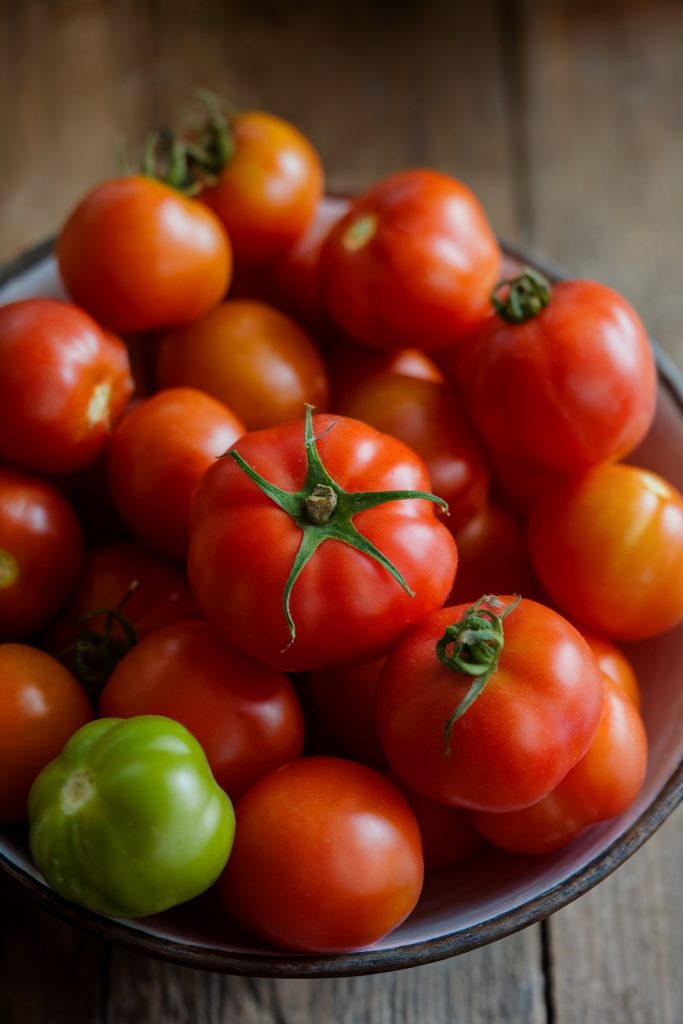
12. Lettuce
Lettuce is very low in calories due to its high water content, which also lets it bring a mild, refreshing taste to dishes. It’s a good base for salads and sandwiches, making it a light and healthy addition to any meal. Washed and prepped lettuce makes salad assembly quick and easy.
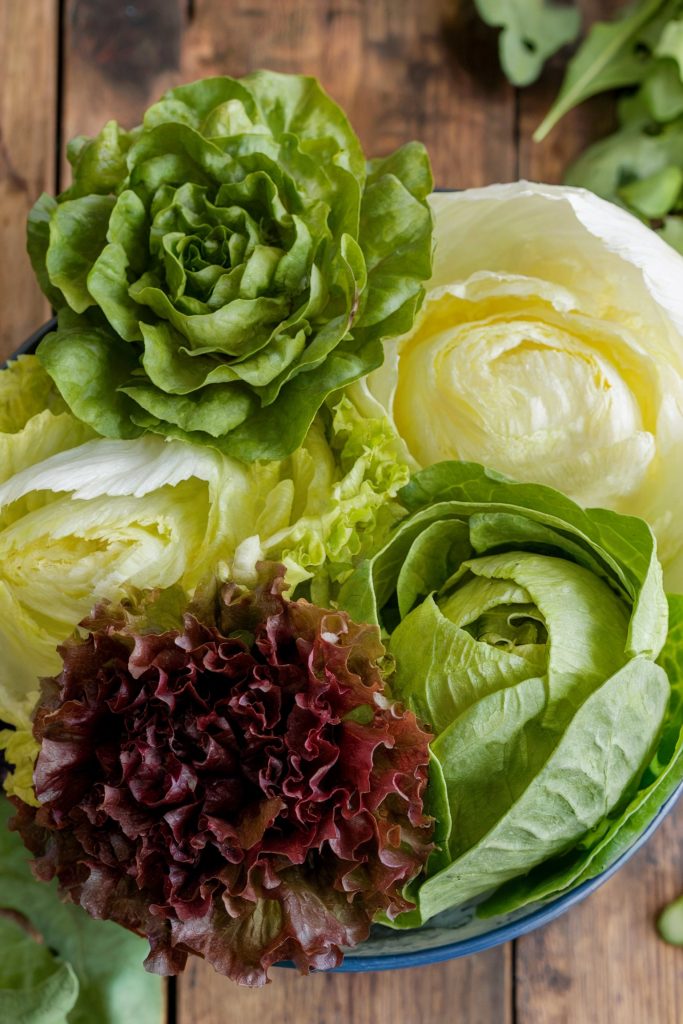
13. Zucchini
Low calorie zucchinis have a mild, slightly sweet flavor. It’s versatile and can be used in many dishes. Grate it into bread, sauté it, or roast it to add vegetables to your diet.
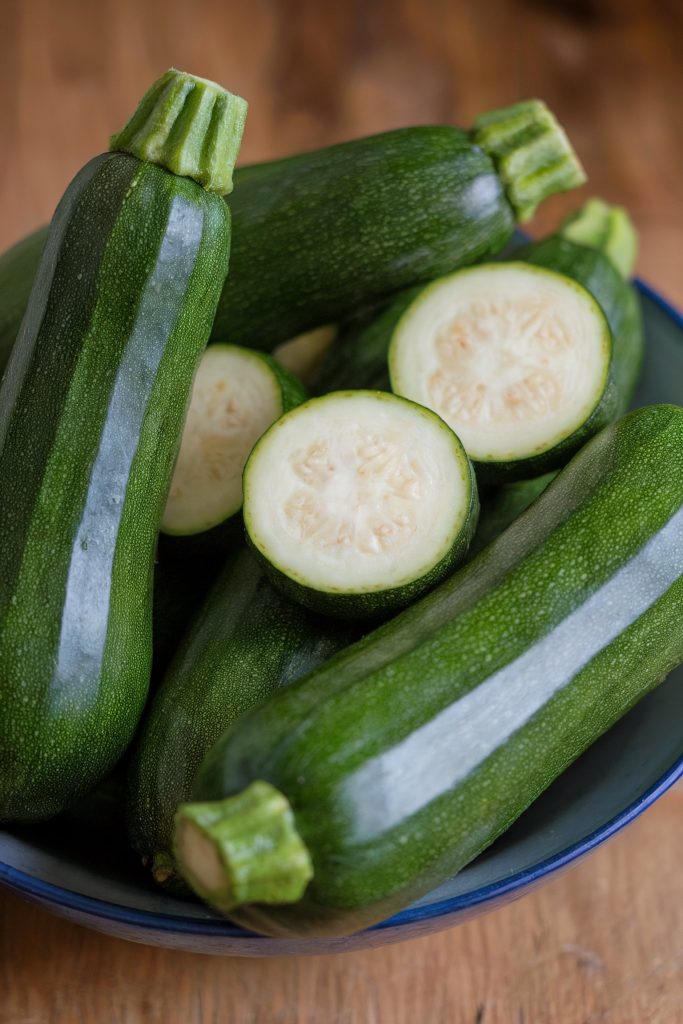
14. Eggplant
Eggplant is low in calories and contains fiber and antioxidants. It also has a mild, slightly bitter flavor. Eggplant has a meaty texture and can be used in various dishes, best for roasting, grilling, and stewing.
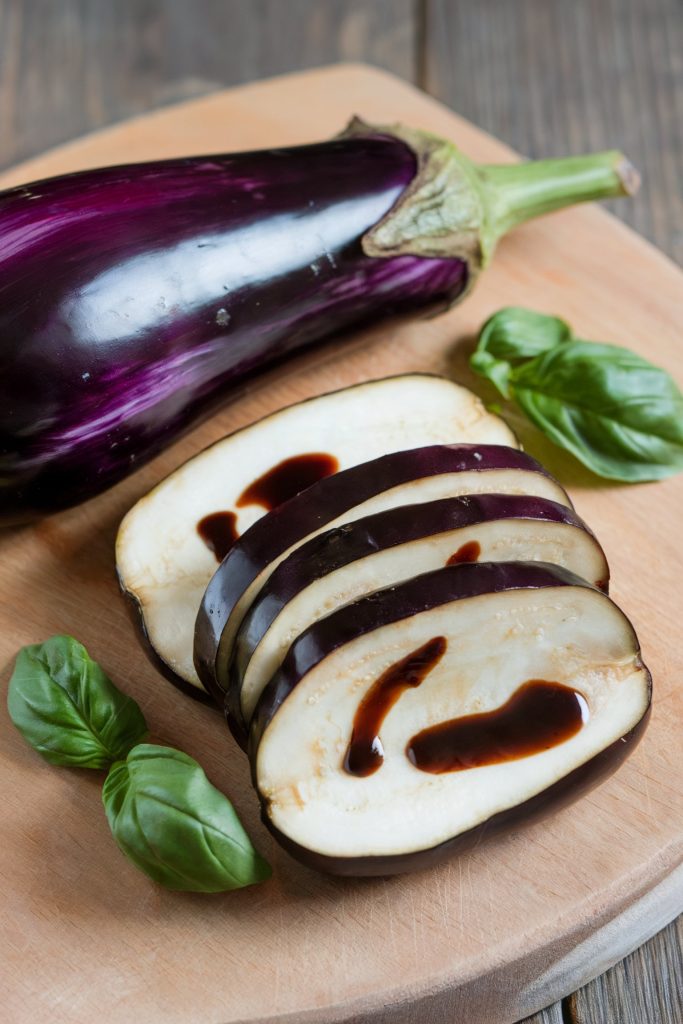
15. Carrots
Low calorie carrots are a great source of beta-carotene, which the body converts to vitamin A, supporting vision health. Eat them raw, roasted, or juiced for a sweet, slightly earthy flavor. Pre-cut carrot sticks are also perfect for snacking.
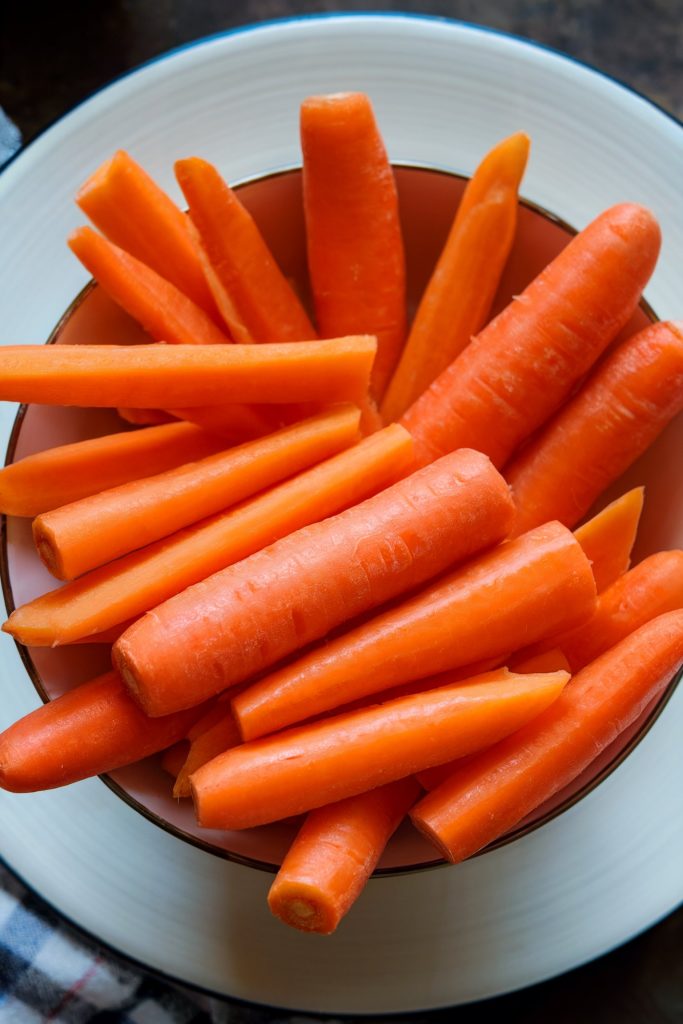
16. Radishes
Radishes are low in calories while high in antioxidants and fiber. Eat them raw, pickled, or roasted for a crisp, peppery flavor. They’re a great addition to salads, while sliced radishes can be stored in airtight containers.
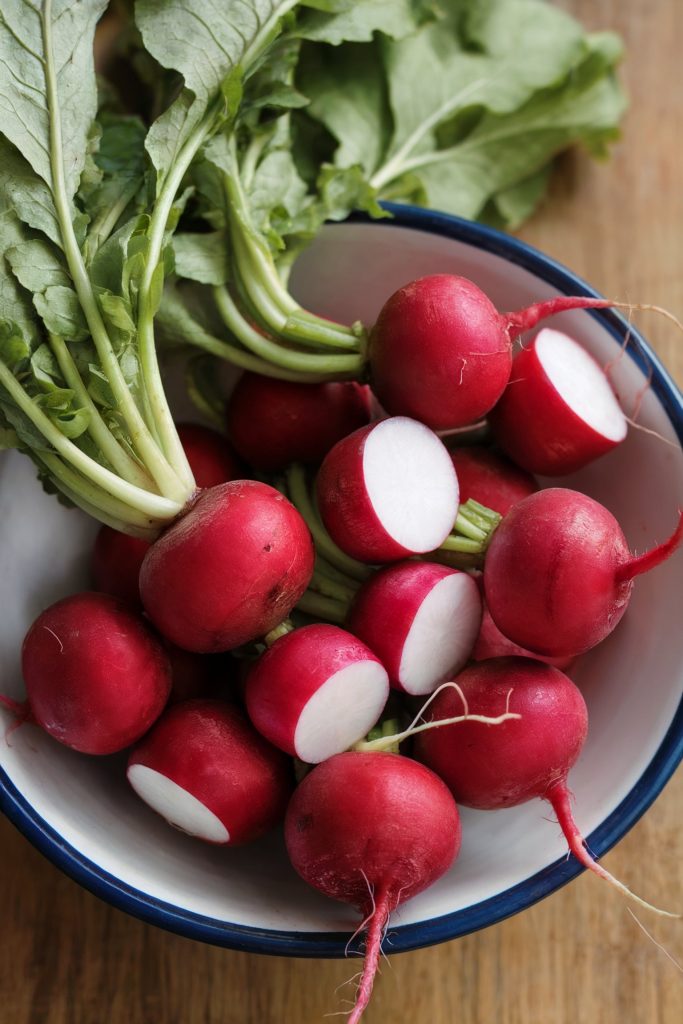
17. Green Beans
Green beans are low in calories and a good source of fiber that can keep you feeling full in between meals. They’re also a good source of vitamin K. Steam them, roast them, or add them to casseroles, and you’ll bring out their slightly grassy, earthy flavor.
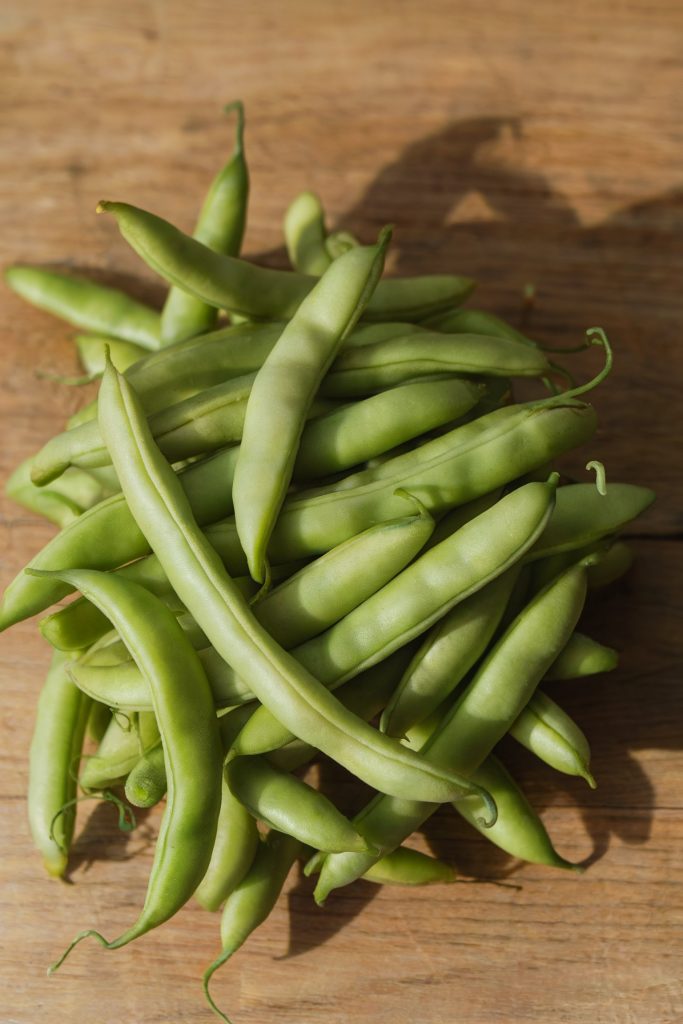
18. Artichokes
Artichoke is another low calorie food that has a savory taste, giving a slightly nutty, earthy flavor to recipes. They’re also a good source of antioxidants that prevent cell damage. Steam them, grill them, or use the hearts in dips and salads.
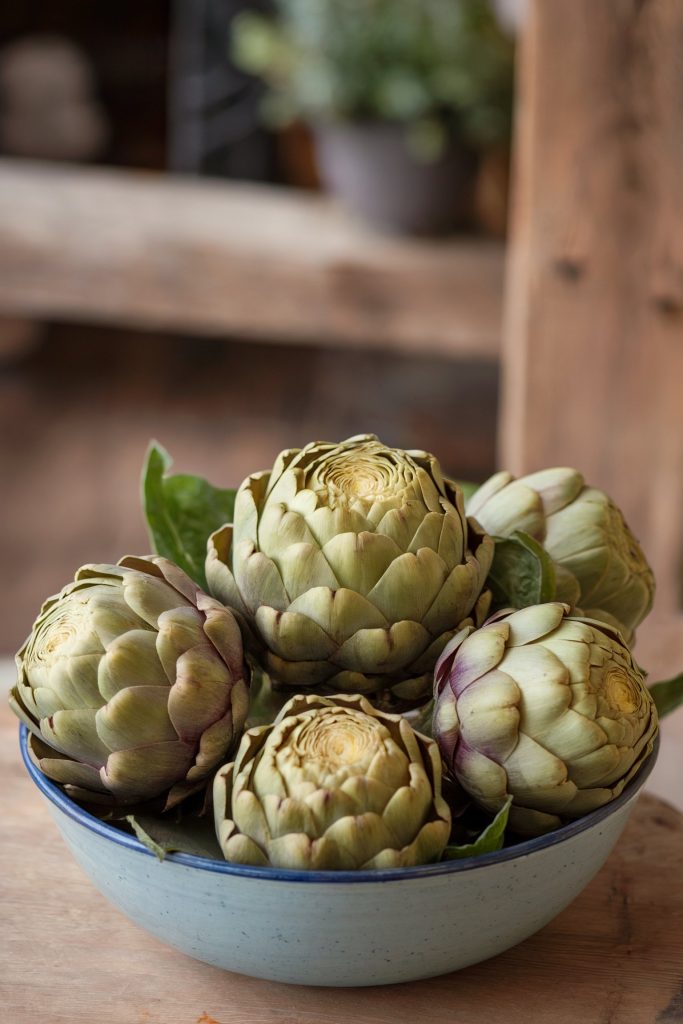
19. Watermelon
Watermelon is low in calories due to its high water content, making it a hydrating and refreshing ingredient for a clean eating diet. Eat it raw as a snack or dessert. It’s a perfect summer treat with pre-cut watermelon chunks perfect for grab-and-go snacks.
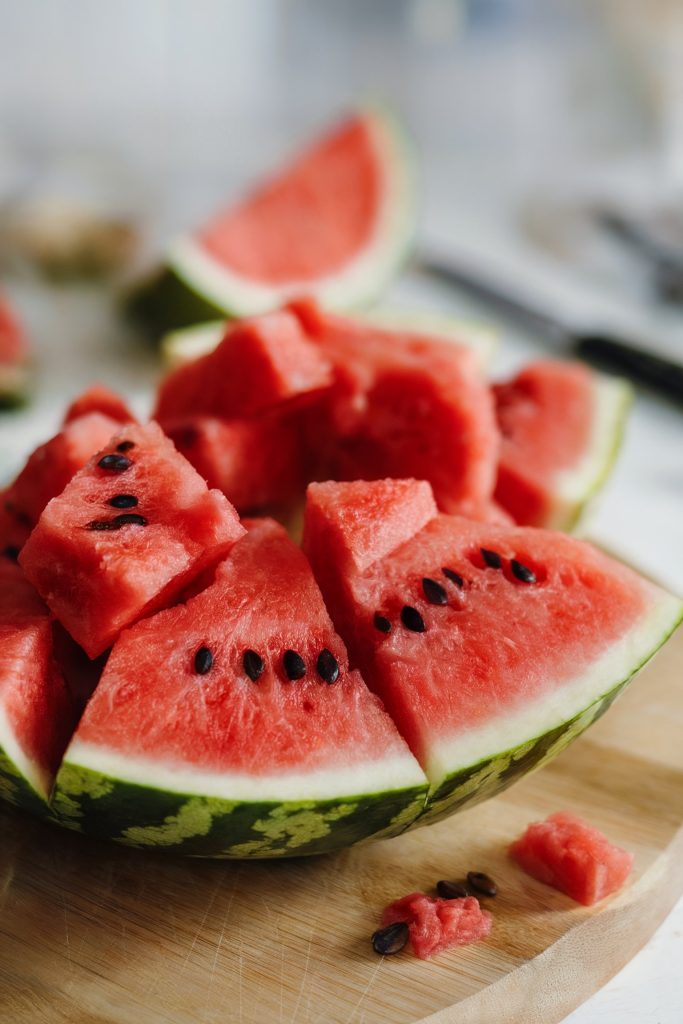
20. Papaya
Papaya is a low calorie tropical fruit that contains papain, an enzyme that aids digestion. Bringing a slightly musky flavor with a smooth, buttery texture, you can enjoy it on its own, add it to smoothies, or use it in salads and salsas. Pre-cut chunks of papaya can be stored in the refrigerator for easy access, making it a convenient and healthy meal prep option.
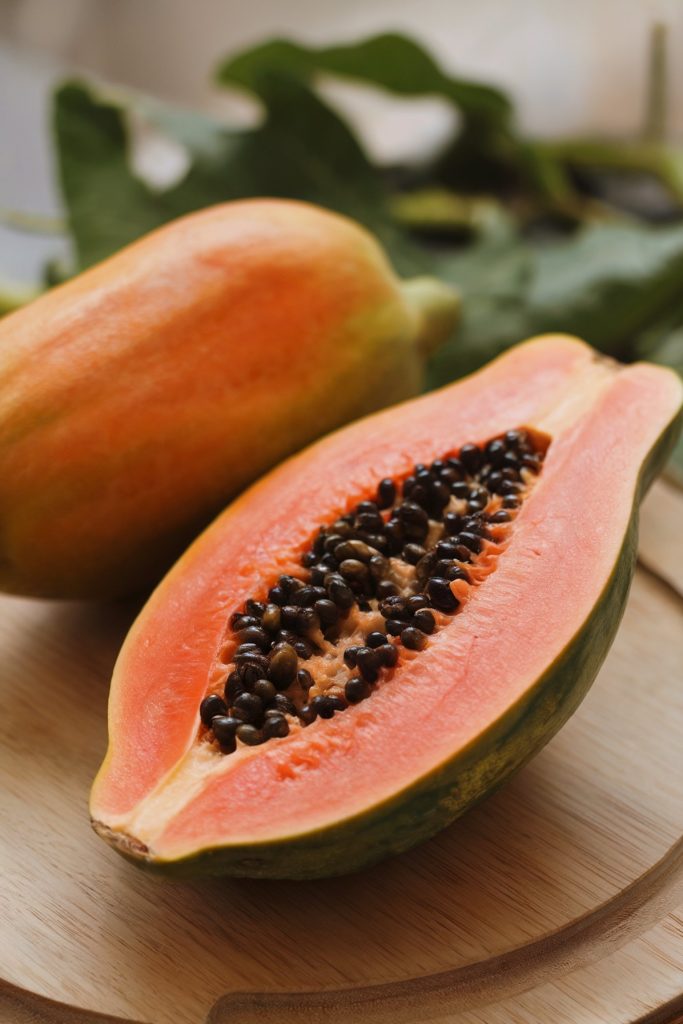
21. Blueberries
As a superfood, blueberries are low in calories, packed with antioxidants, and an excellent source of fiber. Blueberries have a sweet, slightly tart flavor. Eat them raw, add them to smoothies, or use them in muffins.
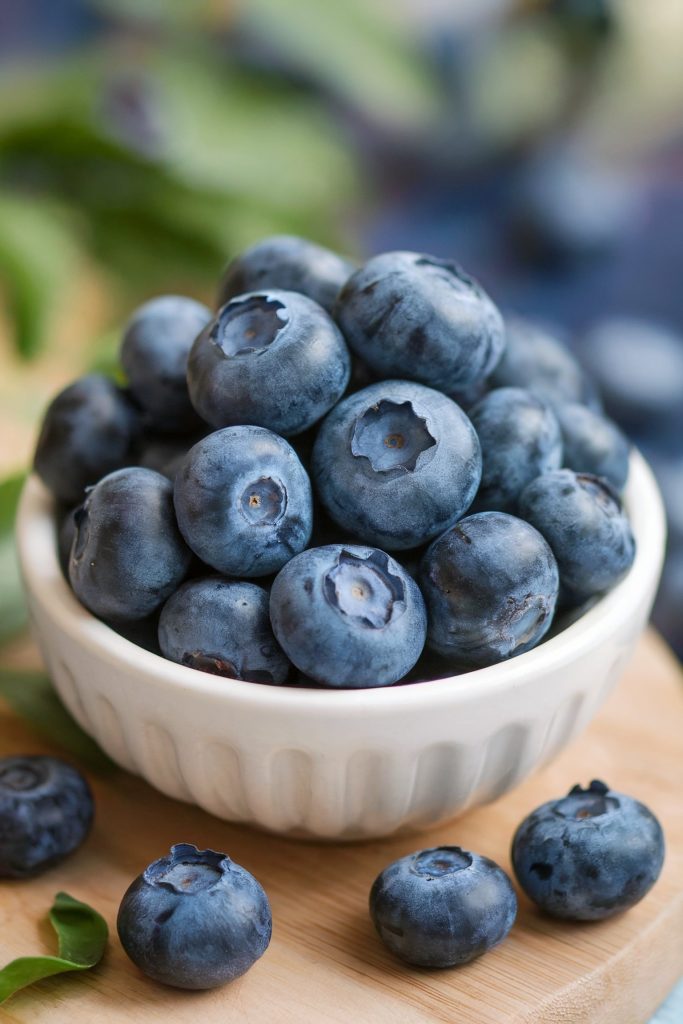
22. Raspberries
Raspberries are low in calories, high in fiber, and an excellent source of vitamin C. To taste their tart, slightly sweet flavor, you can eat them raw, add them to smoothies, or use them in desserts. Raspberries are delicate and best consumed fresh.
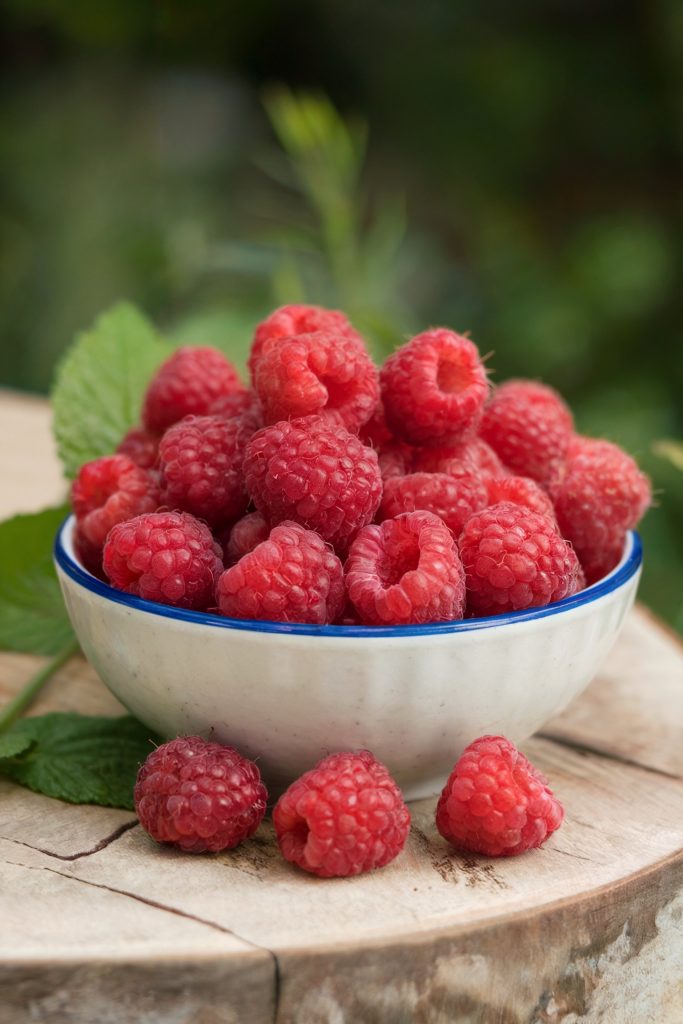
23. Strawberries
Strawberries are low in calories and packed with vitamin C. They’re also a good source of antioxidants. Eat them raw, add them to smoothies, or use them in desserts, and you’ll enjoy a sweet, slightly tart flavor.
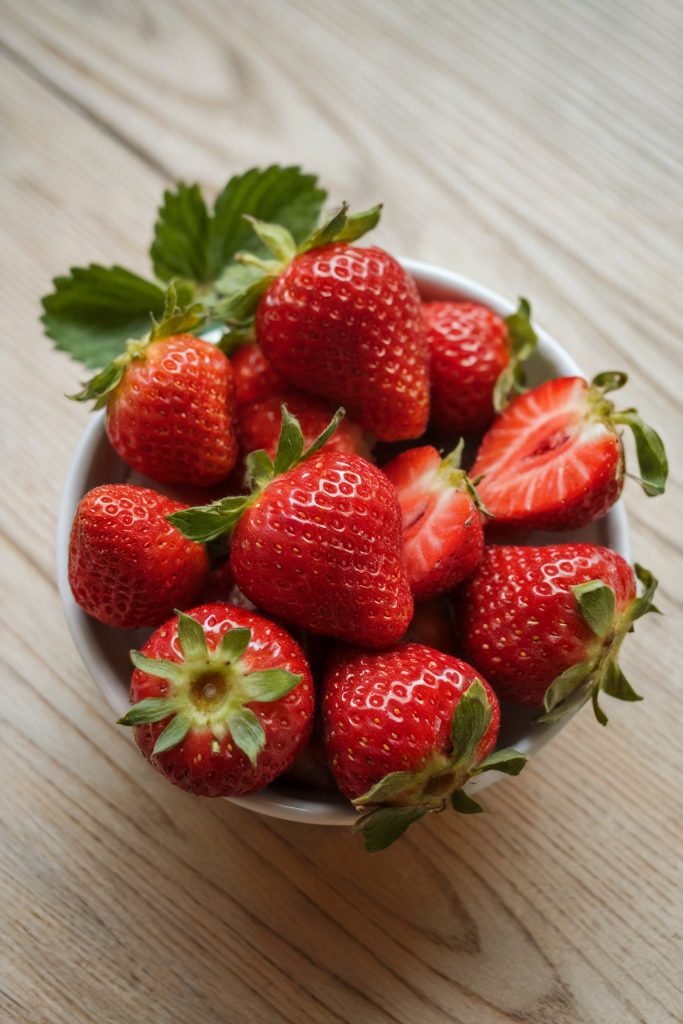
24. Grapefruit
Besides being low in calories, grapefruits are high in vitamin C and fiber. To get its slightly sweet and bitter flavor, eat it raw, add it to salads, or juice it. Segments of grapefruit can be meal prepped and stored in the fridge.
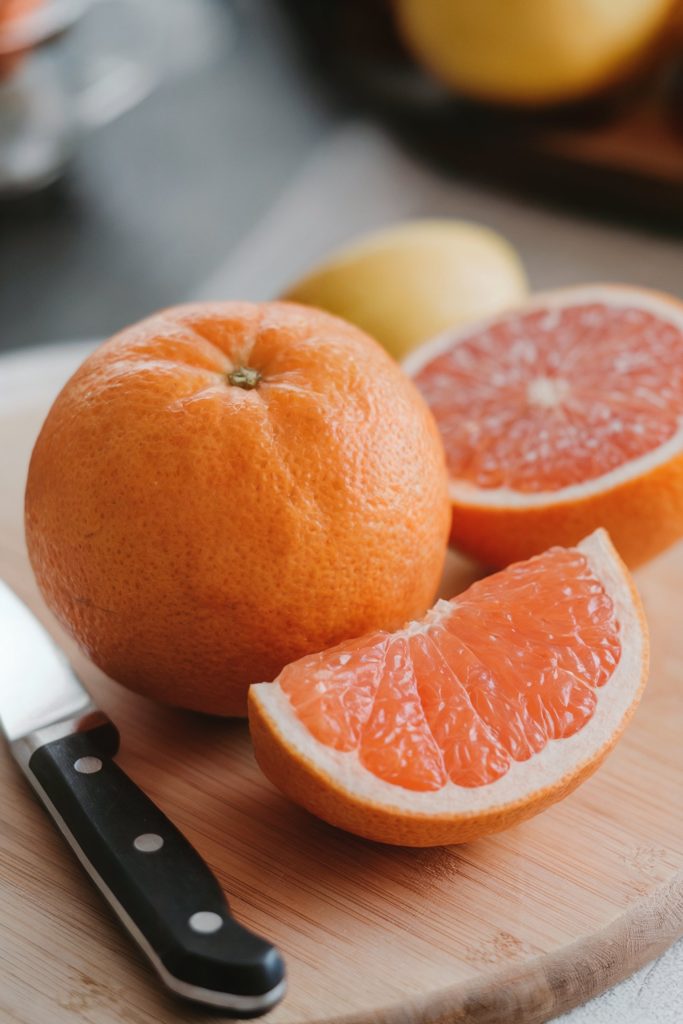
25. Apples
Aside from being low in calories, apples are a great source of fiber, which aids digestion. Eat them raw, add them to salads, or bake them. Apples come in many varieties, each with its own flavor profile, from sweet to tart.
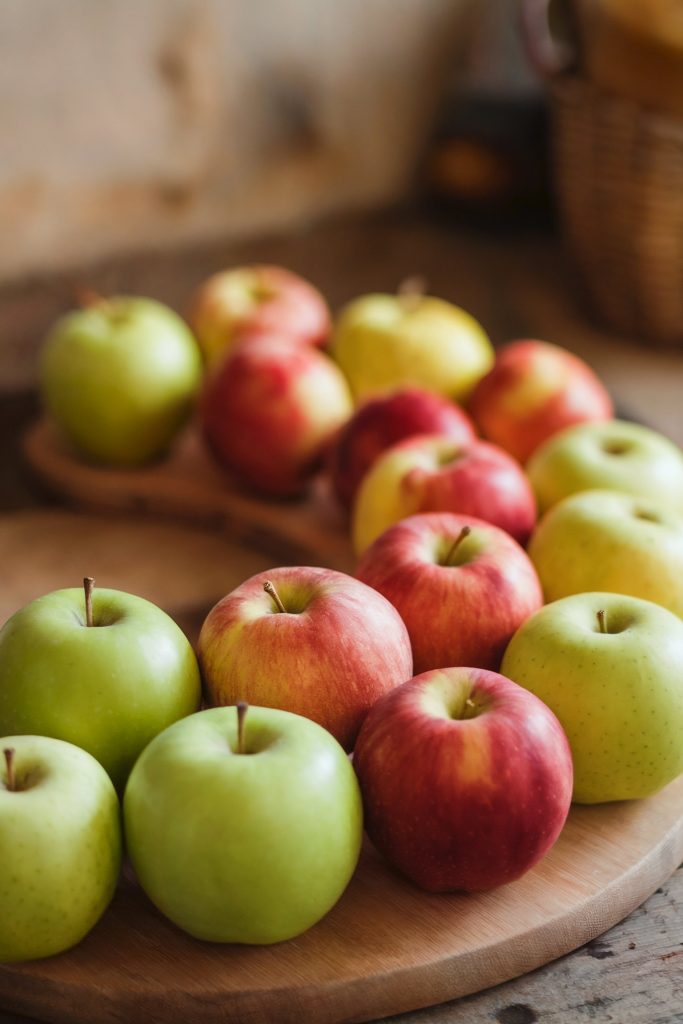
26. Oranges
Oranges are low in calories and packed with vitamin C, boosting your immune system. They are also a good source of potassium. Eat them raw, juice them, or add segments to salads for that sweet, citrusy flavor.
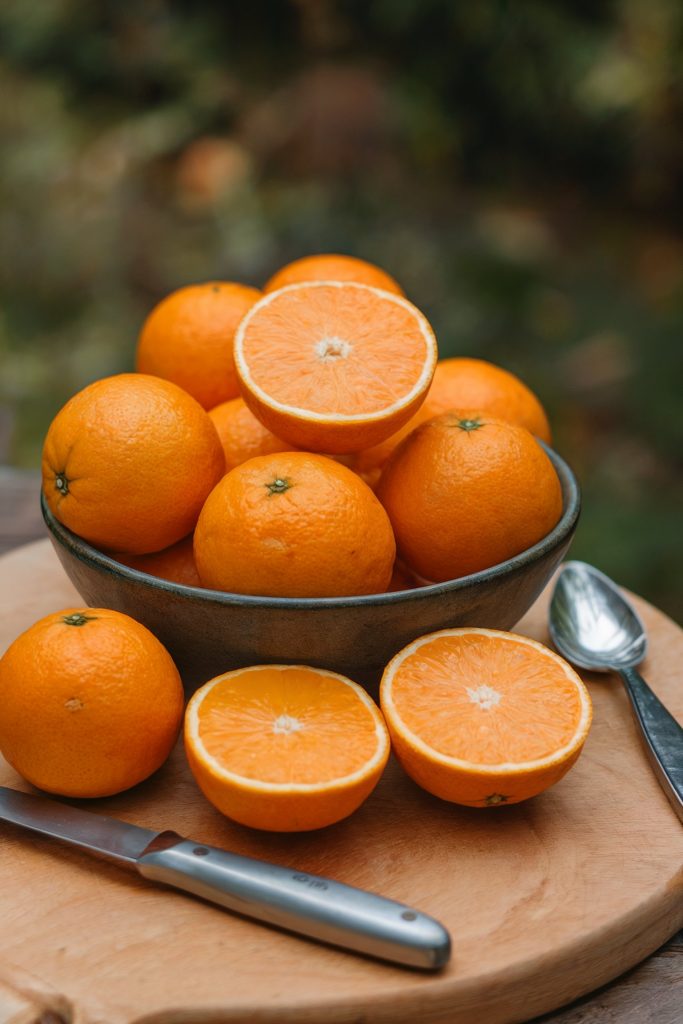
27. Pears
More than being low in calories, pears are a good source of fiber and vitamin C. Pears have a sweet, slightly juicy flavor and a smooth texture, best for eating raw, adding to salads, or poaching. Perfect for meal prepping, pears can be stored at room temperature until ripe, then refrigerated.
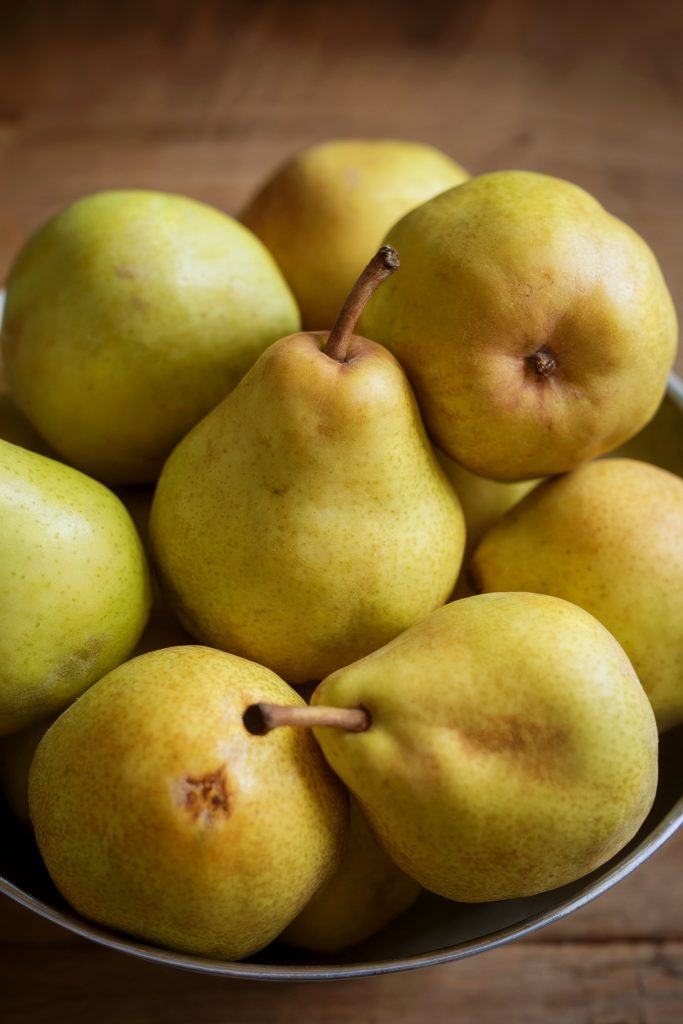
28. Lemons and Limes
These citrus fruits are very low in calories and packed with vitamin C. They add a bright, zesty flavor to dishes and drinks, making them a great addition to dressings and marinades. Lemon and lime wedges can be meal prepped and stored for easy use.
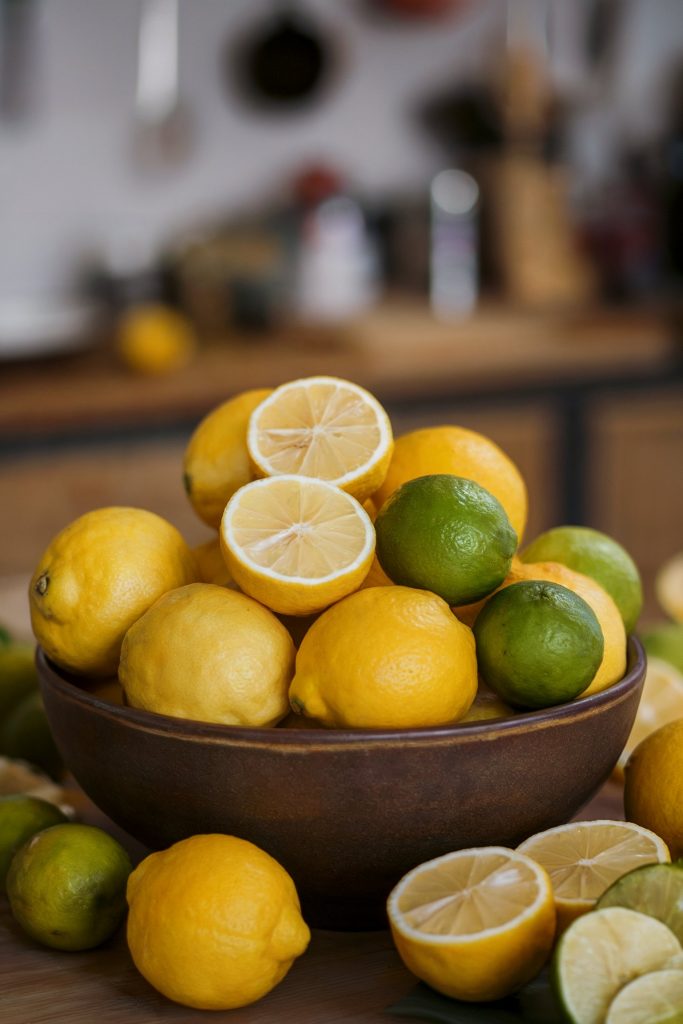
29. Plain Non-Fat Yogurt
Plain non-fat yogurt is low in calories and contains probiotics, which are beneficial for gut health. Bringing a slightly tangy flavor, you can use it in smoothies, as a topping for fruit, or as a base for dips. It’s a versatile and healthy ingredient that you can portion into individual containers for easy meal prep.
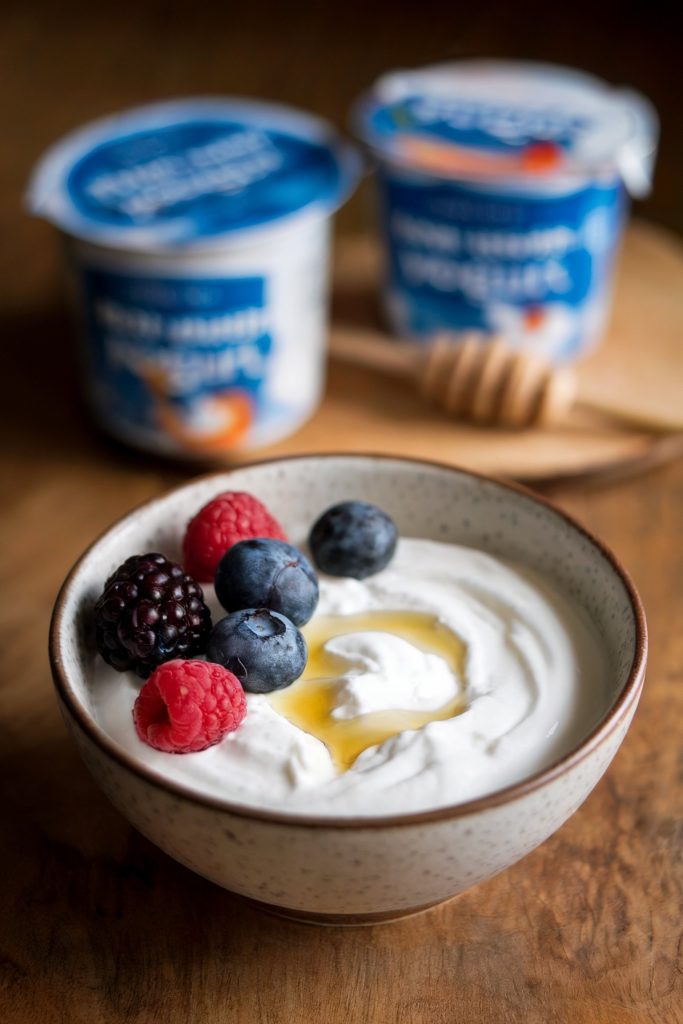
30. Shrimp
In 3 ounces of raw shrimp, you’ll find only 60 calories yet 12 grams of protein for building and repairing tissues. Grill it, sauté it, or add it to pasta dishes, and the shrimp will add a mild, slightly sweet flavor to any cuisine. It cooks quickly and stores well, making it a great option for busy weeknights.
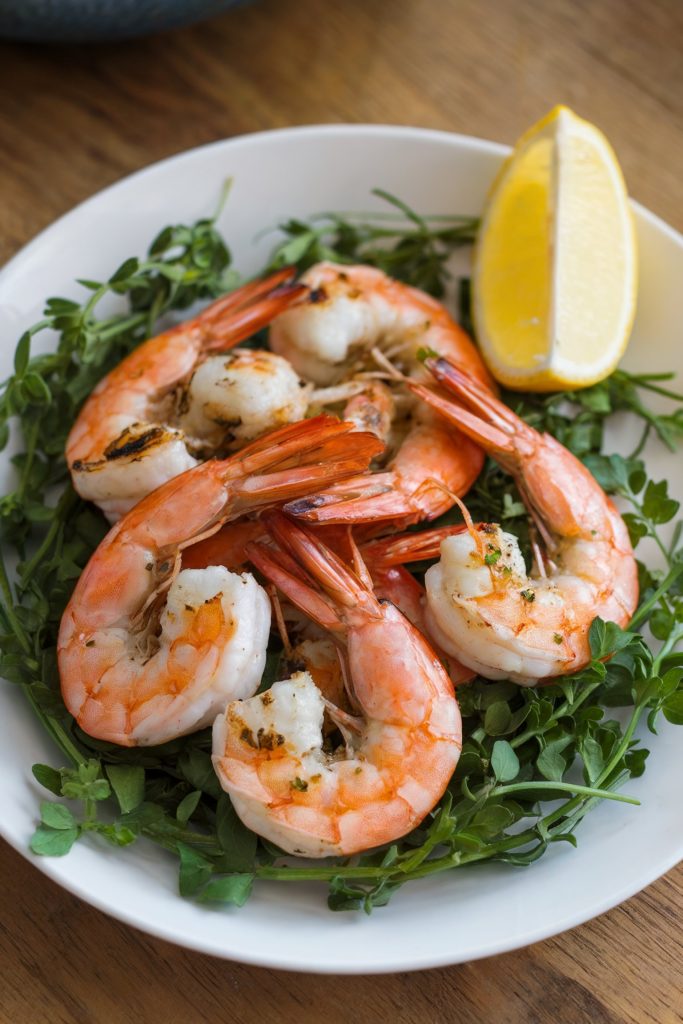
31. Canned Tuna
Completing this list is low calorie canned tuna that’s a good source of omega-3 fatty acids. As a convenient and affordable protein source, you can use tuna in salads, sandwiches, or casseroles. Tuna has a slightly salty, fishy flavor.
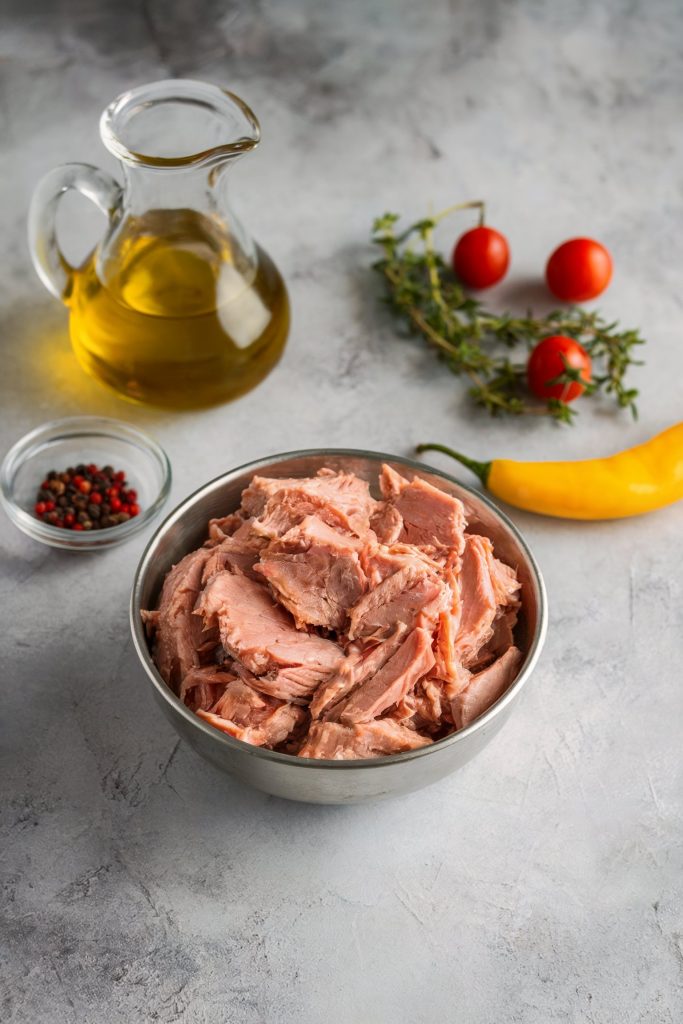
Benefits of Eating Foods Low in Calories
Knowing low calorie yet savory foods empowers you to enjoy delicious meals while supporting your health and weight management goals.
- Weight management: Foods low in calories help create a calorie deficit for weight loss or maintenance.
- Nutrient density: Many low calorie ingredients are packed with vitamins, minerals, and fiber, promoting overall health.
- Satiety: High-volume, low calorie ingredients can help you feel full and satisfied, reducing cravings and overeating.
- Improved energy levels: A diet rich in low calorie yet nutrient-dense foods can provide sustained energy throughout the day.
Tips for Choosing Low Calorie Ingredients and Incorporating Them Into Your Cooking:
Including low calorie foods in your meal prepping and recipes enables you to enjoy satisfying and flavorful meals while effectively managing your calorie intake for weight management or overall health.
- Prioritize whole, unprocessed foods: Focus on fruits, vegetables, lean proteins, and whole grains, which are naturally lower in calories and higher in nutrients.
- Load up on non-starchy vegetables: These are your best friends! They’re low in calories and high in fiber, adding volume to meals without significantly increasing calorie count.
- Choose lean protein sources: Opt for tofu or beans, which are high in protein and lower in fat than fattier cuts of meat.
- Be mindful of portion sizes: Even healthy foods can contribute to weight gain if consumed in excessive quantities. Use measuring cups and a food scale to keep portions in check.
- Cook at home more often: This gives you greater control over ingredients and portion sizes, making it easier to create low calorie meals.
- Experiment with flavor enhancers: Use herbs, spices, lemon juice, vinegar, and other low calorie flavorings to make your meals delicious without adding extra calories.
- Plan your meals ahead: Meal prepping allows you to make conscious food choices and avoid resorting to high-calorie takeout or processed foods when you’re short on time.
Conclusion
As you incorporate these low calorie yet flavorful foods into your daily meals, you’ll discover a sustainable way to maintain a healthy weight while actually enjoying what you eat. Start exploring these delicious options today and take the first step toward a healthier, more satisfying relationship with food.
Nathaniel Lee is an avid cook, drawing on his decades of home cooking and fine dining experience. He is a contributing chef at Mashed, and his recipes and contributions have been featured in Tasting Table, Edible Arrangements, Insanely Good Recipes, and The Daily Meal.
